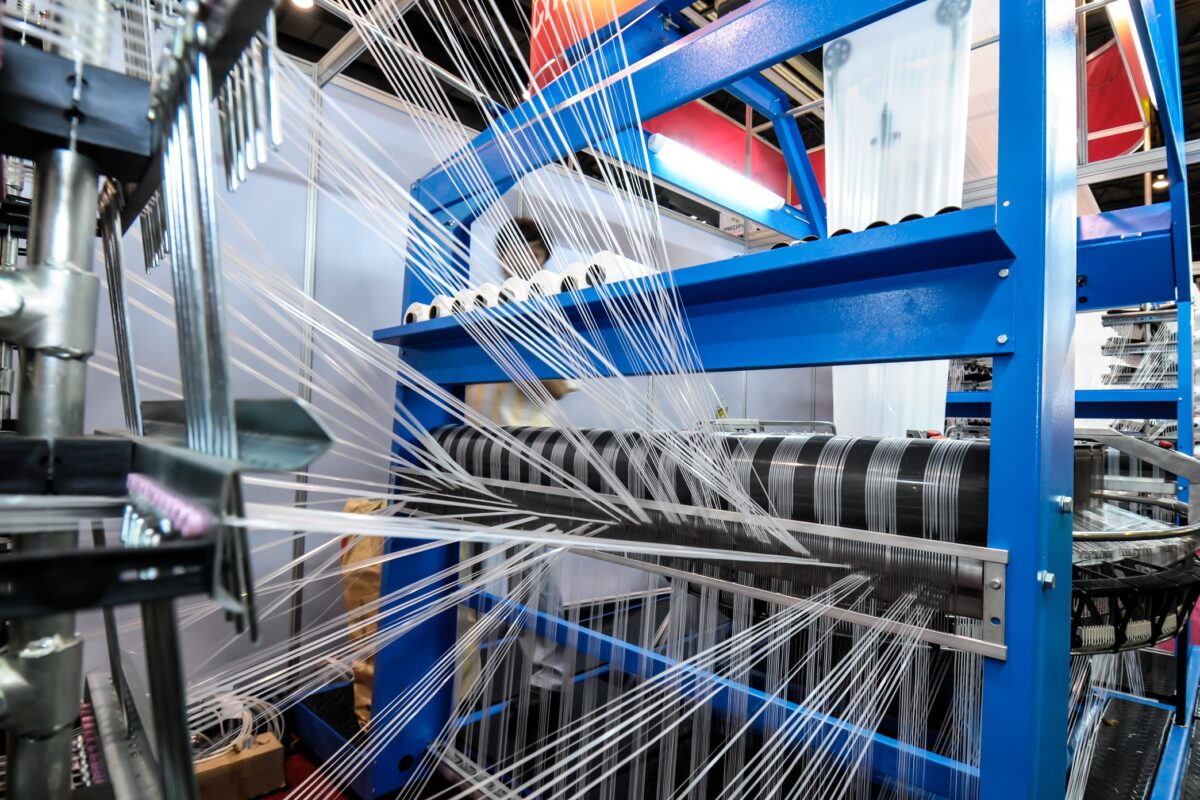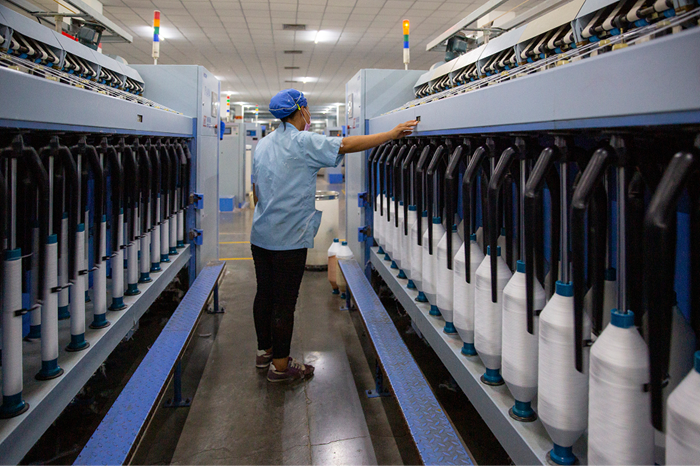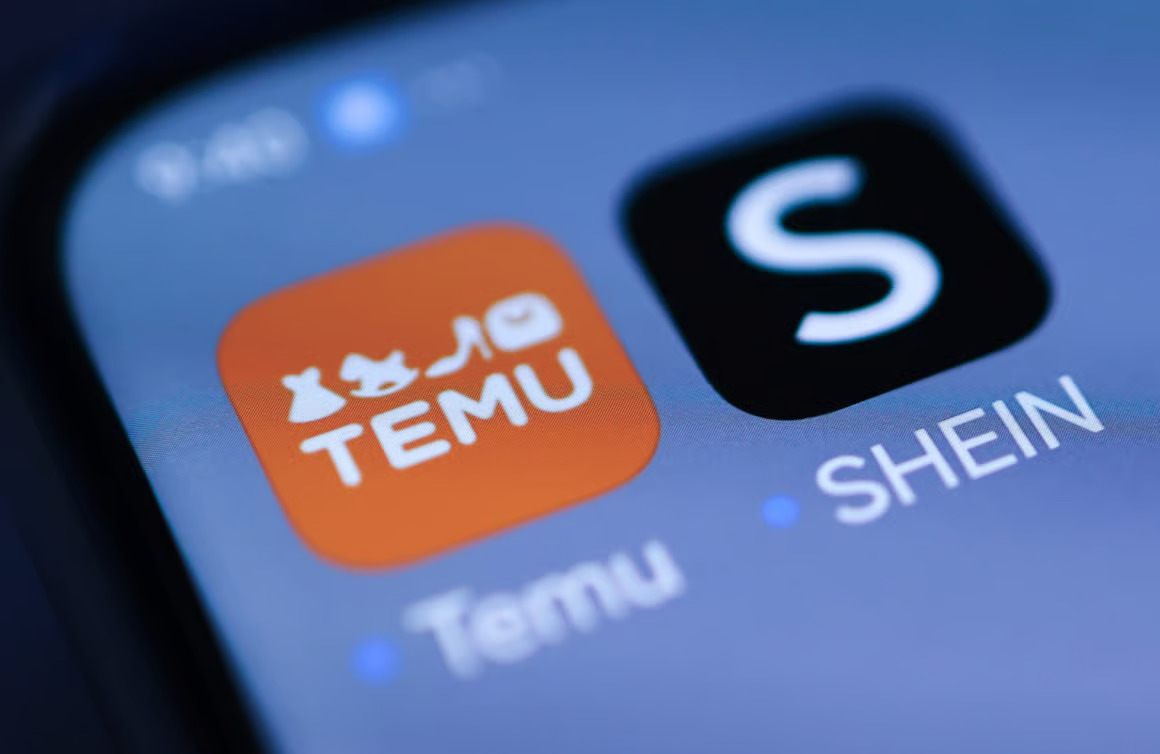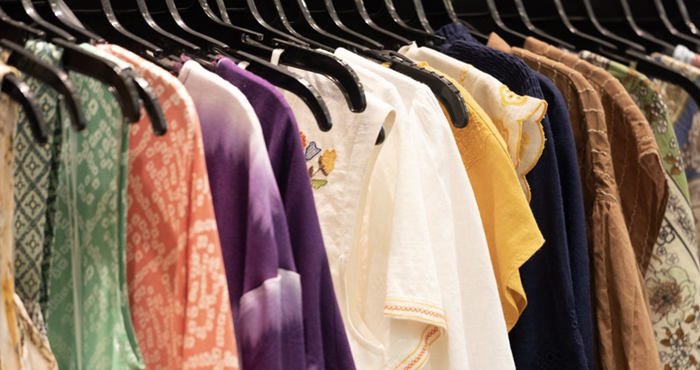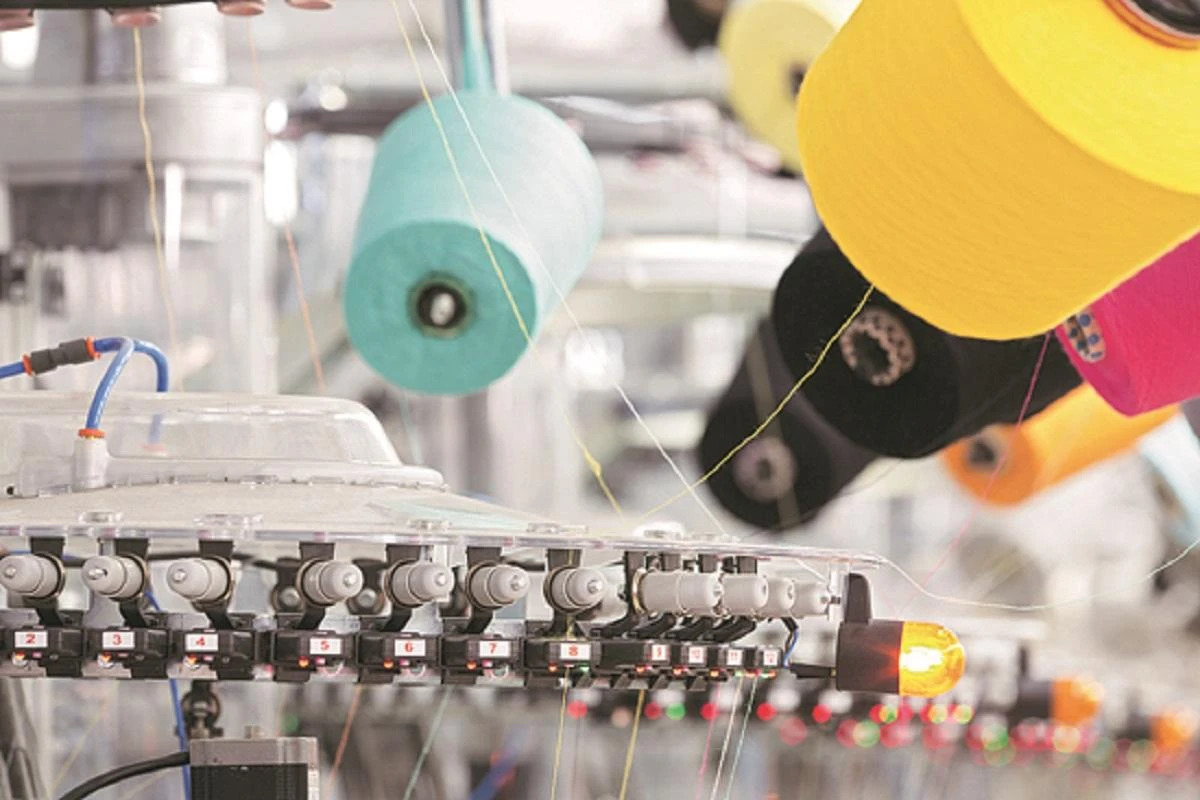The emergence of online fashion retailers have put pressure on traditional, store-based rivals around the world. Asos Plc’s market value surpassed British bellwether Marks & Spencer Group for the first time last month, symbolic of a structural change that has been sweeping through the retail industry for two decades. The growth of discount rivals such as Associated British Foods Primark has only added to the competitive landscape.
Zara owner have fallen 4.5 per cent in 2017, putting them on course for their worst year since 2008. While drop is far less than peers, including H&M AB (down 22 per cent) and Esprit Holdings. (down 35 per cent), it illustrates that even the best in the business are not immune to the challenges of ever-increasing online and discount competition. Renowned for revolutionising the supply chain model for fashion retail, the company has gained a devoted following in the investment community. Raymond James is among 22 brokerages with a buy, outperform or equivalent recommendation on the stock.
According to analysts, as mild European weather delayed purchases of fall/winter garments. Yet they maintain that Inditex has a business model that’s unmatched in the industry. According to Macquarie capital, Inditex’s ability to get products quickly from the catwalk into stores, along with its smaller batch sizes, appeals to a modern consumer who thrives on instant gratification.
According to Inderst, the stock has been hurt by what he calls “short-term concerns” over the impact on profitability of a strong euro and a slowdown in like-for-like performance. Same-store sales growth decelerated to 6 per cent in the six months to July 31, from its strongest in at least 14 years in fiscal 2017. Berenberg’s Michelle Wilson downgraded Inditex to sell last month due to declining confidence in the sustainability of the company’s “exceptional” revenue growth as competition increases.
Such concerns prompted AllianceBernstein’s Phelps to exit his position in Inditex a couple of years ago, having closed his positions in H&M not long before that. He had owned shares in both companies since the mid-1990s, leapfrogging between the two.

